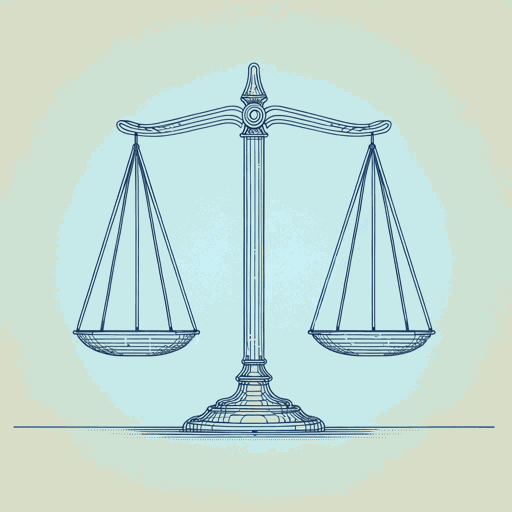44 pages • 1 hour read
Mary L. DudziakCold War Civil Rights: Race and the Image of American Democracy
Nonfiction | Book | Adult | Published in 2000A modern alternative to SparkNotes and CliffsNotes, SuperSummary offers high-quality Study Guides with detailed chapter summaries and analysis of major themes, characters, and more.
Chapters 5-6Chapter Summaries & Analyses
Chapter 5 Summary: “Losing Control in Camelot”
In 1961, Malick Sow, an ambassador from the now-independent African nation of Chad, was refused service in a diner in Maryland. Such incidents were all too common for African diplomats who travelled outside of Washington, DC, and New York City. This caused a real foreign policy concern. As more nations in Africa and Asia became independent from colonial rule, such incidents might tip these nations toward Communism. Also, they might make these nations less likely to support the United States’ initiatives with the United Nations.
The early 1960s saw an escalation in the Cold War. The United States was caught sending spy planes over Soviet territory, while the Cuban Missile Crisis in 1962 may have nearly led to a nuclear war between the Soviet Union and the United States. Still, in the United States, there was “a period of greater tolerance of the right to dissent” (154). Critics of the US government, including civil rights activists, were given more freedom and had their passports restored. Meanwhile, President John F. Kennedy was criticized for doing too little for civil rights. His own advisors argued that civil rights were, instead of a distraction, important for the administration’s foreign policy.
At the same time, civil rights activists were launching grass roots campaigns such as sit-ins at segregated restaurants.

